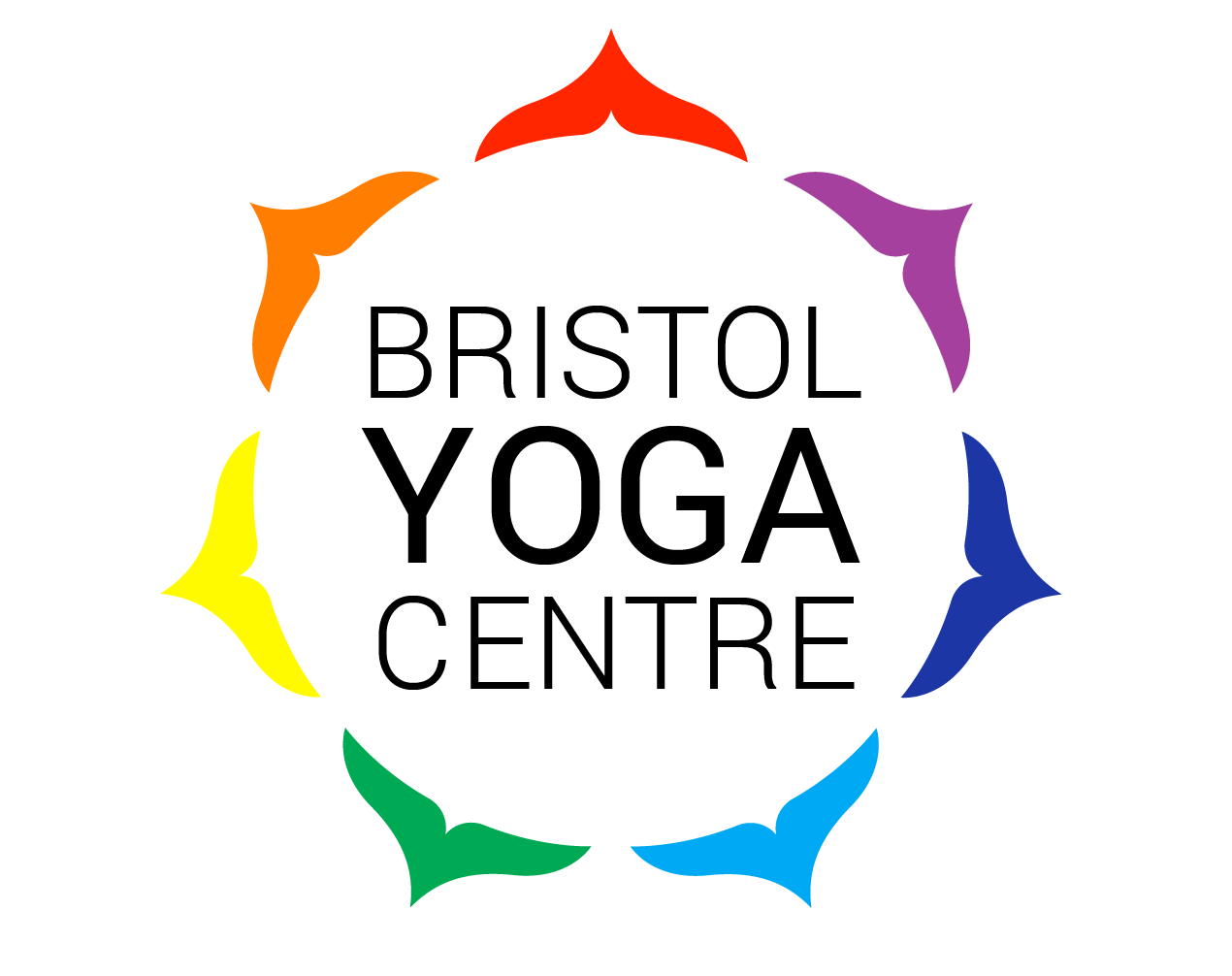Nada Yoga = subtle sound vibration/ union through sound
The word ‘nada’ is derived from the Sanskrit root nad, meaning 'to flow'
Nada Yoga is an ancient art of using sounds and tones to create inner transformations and create a greater sense of unity. It is first mentioned in Nada-Bindu (sound point) Upanishad. Nada Yoga is a theoretical and practical system based on the premise that the entire cosmos and all that exists consists of sound vibrations. Everything is made up at their most essential level of vibrating, pulsing energy.
There are two types of sound, external and internal sound. External or gross sound from a voice or musical instrument is referred to as ‘Ahat’. Internal or subtle sound is considered to be ‘unstruck’ and is said to arise inwardly (outwardly silent). This is referred to as ‘Anahat’.
The Hatha Yoga Pradipika states that Samadhi (enlightenment or oneness) is achieved when the Anahata Nadam can be heard. Anahata Nadam means the sound that is not made by two things striking together. This is said to be the sound of the Universe and the audible sound which most resembles this is the sound of OM.
Chanting and listening to spiritual music can be used to refine the ability to listen. Listening is an essential process that allows us to become receptive enough to perceive the subtle sounds within us. Once you have refined your external listening, you can begin to turn your attention inwardly.
The practice of Pratyahara (sense withdrawal) plays an important role in Nada Yoga. Drawing the senses inward helps to create inner tranquillity and stillness, and is a gateway to meditation. Through deep meditation, the yogis develop the ability to truly listen. Once this has been mastered, it is said that you can hear Anhata Nadam. Yogis who have achieved this state are described as being a Videha-Mukta, or one who has reached disembodied liberation.
One who desires true union of yoga should leave all thinking behind and concentrate with single-pointed attention on the nada - Hatha Yoga Pradipika 4.93
This article was written for BWY Foundation Course in 2015 by Naomi Hayama and she will be running a workshop on Nada Yoga this year.

